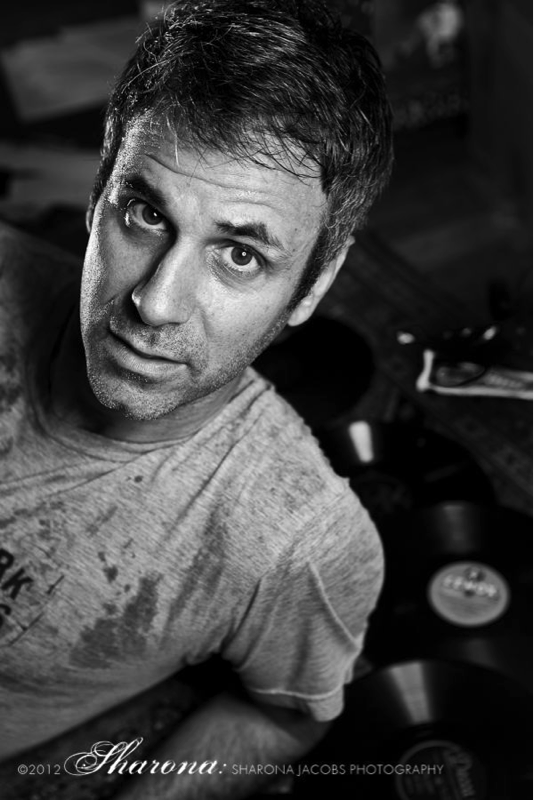


That got me thinking about my days back in Cambridge, Massachusetts. Peter, Ed, you know Valentine’s Day is coming up.īRIAN: I remembered this when I went shopping in the market and those bags of pastel colored hearts they’re appearing. Major funding for BackStory is provided by an anonymous donor, the University of Virginia, the National Endowment for the Humanities, and the Joseph and Robert Cornell Memorial Foundation.īRIAN: From the Virginia Foundation for the Humanities, this is BackStory with the American Backstory hosts. PETER: Today on BackStory, a history of sugar in America. MALE SPEAKER: In 1869, in their private correspondence, Louisiana planters are very explicit about wanting a new slave labor force essentially. And so when the end of slavery stripped sugar planters of their workforce, American sugar barons turned to Asia. PETER: After the Revolution, sugar continued to be big business in the Atlantic world, on the scale of oil today. They were deeply complicit in the molasses smuggling trade.

MALE SPEAKER: We’re talking about major American founding families. It’s a name we tend to associate with the Declaration of Independence, but Hancock first made a name for himself illegally running raw materials for rum, and he wasn’t the only one.


 0 kommentar(er)
0 kommentar(er)
